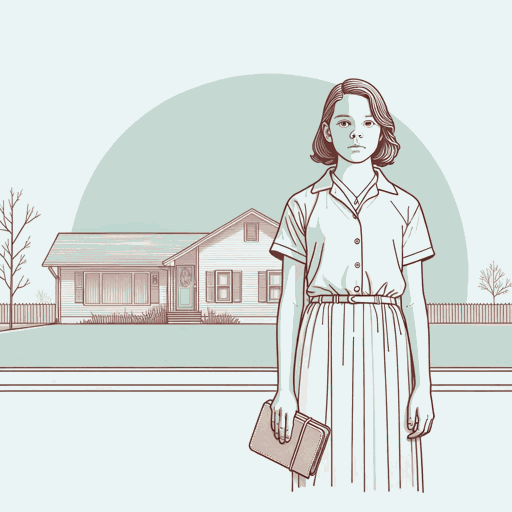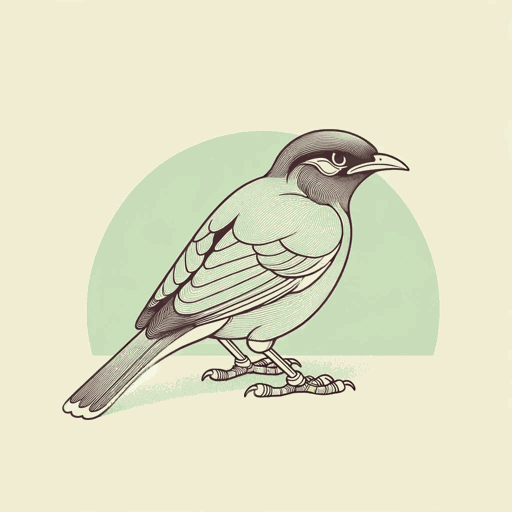43 pages • 1 hour read
Judy BlumeOtherwise Known as Sheila the Great
Fiction | Novel | Middle Grade | Published in 1972A modern alternative to SparkNotes and CliffsNotes, SuperSummary offers high-quality Study Guides with detailed chapter summaries and analysis of major themes, characters, and more.
Themes
Facing One’s Fears
Sheila Tubman might pretend to be confident and totally in control in Tales of a Fourth Grade Nothing and the rest of the Fudge series, but in Otherwise Known as Sheila the Great, Sheila’s inner monologue reveals she is dominated by fear. Fear of dogs, swimming pools, dark rooms, strange noises, and more have taken over Sheila’s life. She feels like she has no control over herself or her reactions to frightening things. Through Sheila’s summer in Tarrytown, Judy Blume discusses the importance of facing one’s fears head-on and being honest with oneself and others about the effect fear has on one’s life.
Throughout the novel, Sheila’s method for dealing with her various phobias typically involves denying, avoiding, and trying to escape from the things that frighten her. In the opening chapter, Sheila is unable to convince the elevator operator, Henry, to refuse to let a dog on with her, so she adopts a façade of disgust to hide her fear and gets off the elevator. Sheila thinks it’s “pretty smart of [her]” (4), but Sheila’s “smart” move forces her to climb 10 flights of stairs, making her too exhausted to complete her mother’s errand.
Related Titles
By Judy Blume

Are You There God? It's Me, Margaret
Judy Blume

Blubber
Judy Blume

Double Fudge
Judy Blume

Forever...
Judy Blume

Freckle Juice
Judy Blume

Fudge-a-Mania
Judy Blume

In The Unlikely Event
Judy Blume

Summer Sisters
Judy Blume

Superfudge
Judy Blume

Tales of a Fourth Grade Nothing
Judy Blume

Tiger Eyes
Judy Blume

